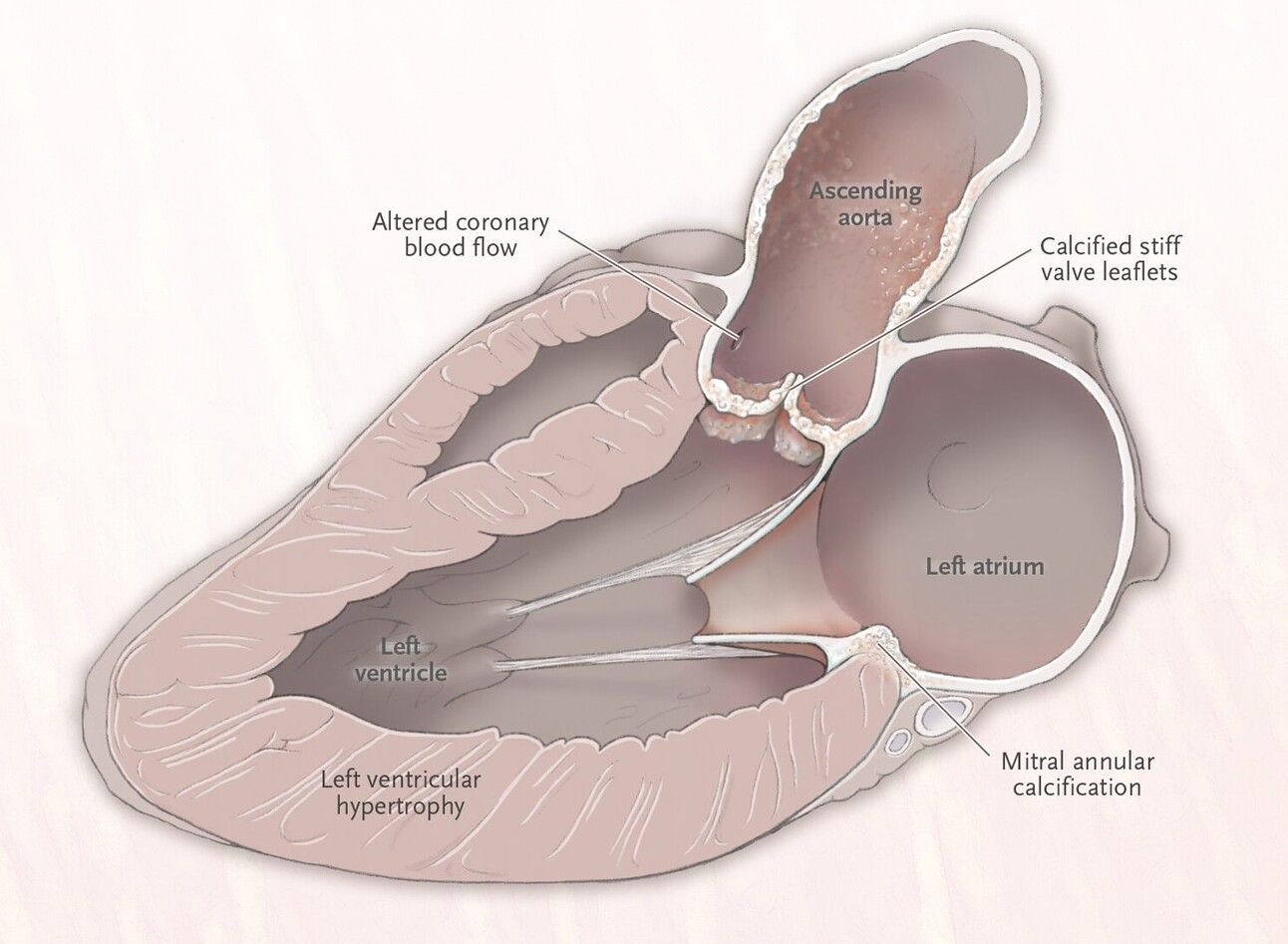- The Step 1 Newsletter
- Posts
- Which of the following additional findings is most likely to be seen on physical examination?
Which of the following additional findings is most likely to be seen on physical examination?
High Yield**
Question
A 60-year-old man comes to the office due to several episodes of lightheadedness over the last 3 months. He experiences these episodes while trying to walk quickly or climb stairs. He "almost passed out" during the last episode. The patient describes his lifestyle as active but recently has felt more tired than usual during his daily activities. He has had no chest pain or palpitations. Medical history is significant for diverticulosis, for which he takes fiber supplements. The patient is on no other medications. Temperature is 37.1 C (98.8 F), blood pressure is 108/92 mm Hg, pulse is 88/min and regular, and respirations are 14/min. On examination, he has a 3/6 systolic murmur that is best heard over the right upper sternal border. Carotid pulses are slow-rising and delayed bilaterally. The lung fields are clear to auscultation. There is no peripheral edema. Which of the following additional findings is most likely to be seen on physical examination?
A. Apical mid-diastolic murmur
B. Audible S3
C. Early-peaking systolic murmur
D. Loud S1
E. Soft and single S2 during inspiration

Correct Answer: E. Soft and single S2 during inspiration
The physical examination clue of slow-rising and delayed carotid pulses (pulsus parvus et tardus) is a hallmark finding of severe AS.
🧠 Aging/Chronic Stress on Aortic Valve
⬇️
Aortic Valve Calcification & Fibrosis

Development of Calcific Aortic Stenosis
⬇️
Stiff valve leaflets
↓ Valve mobility
⬇️
🧠 Aortic Stenosis (AS) develops

⬇️
Hemodynamic Consequences of Severe AS:
↑ Left Ventricular Pressure to overcome stenotic valve
↓ Forward Cardiac Output during exertion
⬇️
Symptom
1. Lightheadedness/Exertional Near Syncope
🧠 Exertion → ↑ Demand for CO
⬇️
Severe AS limits forward flow
⬇️
↓ Cerebral Perfusion Pressure
⬇️
Lightheadedness & Near-Syncope
2. Fatigue
Chronic ↑ LV Afterload → LV Hypertrophy
⬇️
↑ Myocardial Oxygen Demand
⬇️
↓ Efficient CO delivery to tissues
⬇️
Fatigue
3. Delayed Carotid Pulses (Pulsus Parvus et Tardus)
🧠 Narrowed aortic valve orifice
⬇️
Slow, low-amplitude carotid upstroke
⬇️
Delayed & weak pulses

4. Soft & Single S2 (Correct Answer: E)
🧠 Aortic Valve Calcification → Immobile leaflets
⬇️
Soft A2 component
⬇️
Delayed A2 merges with P2 → Single S2
Murmur
🧠 Turbulent Flow Across Stenotic Valve
⬇️
Crescendo-Decrescendo Murmur
Best heard at RUSB (Right Upper Sternal Border)
⬇️
Late Peaking in Severe AS (↑ severity → ↑ flow obstruction)
Explanation of Other Answers
A. Apical Mid-Diastolic Murmur
🧠 Seen in severe aortic regurgitation, not stenosis
⬇️
Regurgitant jet → Impinges mitral valve
⬇️
Austin Flint murmur develops
B. Audible S3
🧠 Indicates volume overload (e.g., heart failure, mitral regurgitation)
⬇️
Not consistent with AS, which causes pressure overload
C. Early-Peaking Systolic Murmur
🧠 Seen in mild AS or flow murmurs
⬇️
Severe AS causes late-peaking murmur due to prolonged ejection time
D. Loud S1
🧠 Seen in mitral stenosis, not AS
⬇️
Stiff mitral valve → Forceful closure
Flashcards
You Requested, We Listened!
Now we have included Flashcards in Anking Style!
|
Stay Hungry, Stay Curious!
Your Brother In This Struggle
Dr. Shoaib Ahmad

